So, is that a wrap then? The mysterious origins of one of pop-culture’s most pervasive supernatural creatures gets solved, just like that?
Of course not; things are never allowed to be that simple in a horror story.
It is absurdly easy to debunk the idea that Stoker’s character of Count Dracula is more than passingly related to legendary roots of its collective attribution. While the ‘little dragon’ of Wallachia, a vicious prince who grew into the infamous Vlad the Impaler, lent his childhood nickname to the grand work Stoker was embarking on, Prince Vlad Tepes gave little else to the novel. In fact, Vlad’s apparent demotion from Governing Prince to backwater Count in Stoker’s notes far predates the character taking his name—according to Peter Haining, the rank was one of the first decisions Stoker made regarding his character and it comes from Stoker’s own reading of Elizabeth Grey’s 1828 serial “the Skeleton Count; or, the Vampire’s Mistress” (Stoker, et al. 2008, p.21; Miller 2006). The name Stoker chose for his central figure is one he apparently pulled out of a book on Romanian history, sometime around the summer of 1890, and his own notes display exceedingly little awareness of the historical figure as Stoker was under the impression that the word simply meant ‘devil’ in the Wallachian language (Stoker, et al. 2008; Miller 2006)1. The name Transylvania likely came out of the same imperfect book, plucked without context as a suitable word for the story’s setting, one that was exotic enough but that Stoker found more palatable to his potential readers than ‘Wallachia’ (Miller, 1999).
Where did our modern vampire really come from, then?
| |
| Origins of the Vampire The word ‘vampyre’ first appears in English in 1732, in a London periodical reporting on an Austrian investigation into a spate of strange happenings in Eastern Europe (Miller, 2006). The word derives from the Serbian ‘vampyri’, simply meaning ‘back from the dead’, and making its way west through German via reports by Hapsburg health officials like Kameral Provisor Frombald (1725) and Field Surgeon Johannes Flückinger (1731), along with the sensationalized gossip that spread through a number of adjacent countries (Wilson, 2020; Groom, 2018). The unfortunate subjects of these reports, men like Petar Blagojević and Arnaud Paole, were both victim and villain— victim due to a tragic death of their own, and villain as they imparted the same tragedy of sudden death upon others of their villages. Blagojević’s widow made the first claims of her deceased husband returning to “set himself upon and throttle” 10 villagers over 10 successive nights, all of whom suffered a brief and mysterious illness before dying themselves (Wilson, 2020). Likewise, Paole, after breaking his neck in a wagon accident, purportedly proceeded to spend the next 40 nights tormenting 4 villagers, all of whom then died of a mysterious illness (Doughty, 2021). From a literal historical perspective, there are a number of rationales behind what catalyzed the European Vampire Panic out of an epidemic of vague revenant rumors and age-old superstition. Towards the end of the 17th Century, cemeteries were filling up—leaving the dead competing for space with living inhabitants as proto-industrialization tipped the balance towards rapid urbanization—which lead to longer waits before a body’s final interment, and brought people already intimately familiar with death all the closer to it while additionally allowing for quick, direct comparisons of decomposition rates between various uninterred corpses (Miller, 1999). Furthermore, the Age of Enlightenment had brought forth the Scientific Method and generated a new sort of faith in the idea that science could solve problems once thought to be of magical origin—which meant that in the evermore rare case that science failed to explain a threatening phenomenon, adherence to superstitious customs redoubled (Wilson, 2020; Miller 1999). This meant that when Frombald and Flückinger were sent by the Hapsburg Empress Maria Theresa to uncover the disease or other such scientific cause behind this silly vampire panic, and then as they proceeded to fail at demystifying the issue while the folk remedies managed to generate an illusion of eliminating the threat (as in, an action was taken and, shortly afterwards, people stopped dying—close enough in time to apparently correlate the result with the action being taken)2, the folk story was elevated to near-fact. At the same time, the mid-1720’s and early-1730’s were both particularly severe spikes within a brutal climatological shift known as the Mini Dryas Period or the Little Ice Age (Knight & Harrison, 2014). The winters of this period were utterly ruthless and the summers weren’t much better, with sudden snowstorms sporadically causing delays and damage through July across the globe. The consequences of this global cooling are manifold and cannot be understated, regarding nearly any inquiry of the period. In terms of vampires, this unexpected freeze had several significant impacts. Firstly, the extreme and persisting cold simply preserved the bodies for far longer than generally expected. Secondly, the string of forbidding winters and poor growing seasons created a pervading shortage of raw calories and nutrition, which then led to lowered immune responses and the ability for disease to ravage families and whole communities over the course of several weeks—a timeline that conveniently sits within the average duration of a localized vampire panic. This lack of nutrition additionally affected the condition of the corpses while they awaited interment. Corpses without much adipose (fatty, subcutaneous tissue) generally begin to decay more slowly than those with an abundance, but in cold conditions, rigor mortis often creates microscopic tears in the muscles being contracted with such tears being most severe in cases where the ratio of muscle to adipose is greatest, which then accelerates the subsequent autolysis (essentially, the liquefaction & dissolution) of muscle tissue (Almulhim & Menezes, 2022). This means that those who performed manual labor and failed to eat enough to gain fat deposits began to decompose more quickly than someone slightly better off. | Yet another consequence of the chill resulting from the Little Ice Age on decomposition at the time can be seen in another aspect of delayed putrefaction due to the presence of adipocere (corpse wax). Adipocere is formed of fatty tissues when subjected to anerobic environments with significant temperature differentials (Almulhim & Menezes, 2022; Doughty, 2018). Though, generally, a warm environment promotes the development of substantial adipocere leading to saponification (essentially, the petrification of an organic body into a soap-like substance rather than stone), in cooler circumstances adipocere may form in smaller amounts under the skin, leading to a grayish, waxy appearance, along with slowed autolysis, irregular presentation of livor mortis (significant discoloration of a corpse as blood settles), and delayed putrefaction (essentially, organ liquefaction and connective tissue dissolution) (Doughty, 2018). Irregular livor mortis could lead to an imitation of rosy cheeks and fresh bruising, sufficient to appear ‘life-like’ to a personally offended victim who believes they ‘fought the vampire off ’ and who is presenting the lively freshness and new bruising as evidence to an already half-convinced audience. And the delayed putrefaction not only gives the appearance of a lack of decay, but it may lead to uneven decay in which the abdominal cavity may bloat but the skin remains taught and pliable enough to prevent immediate rupture or perforation, generating the imitation of a stomach being over-full in gluttony after a massive feast (Almulhim & Menezes, 2022; Doughty, 2018). All of these elements are factors that tie into the vampire fear as ‘evidence’ because the threshold for establishing viable correlation would be exceedingly low when people attempt to shape their observations to suit a pre-determined outcome. The jump from viable correlation to plausible causation would be a comparatively small step. Additionally contributing to this apparent lack of decay might be the lead and arsenic contaminants in preserved food, like soldiers’ rations, and in the predominant make-up of the time—things that a merchant traveler like Blagojević or a former soldier like Paole might’ve encountered more readily than their fellow villagers. Their relative positions within society and the comparatively itinerant lifestyles of their occupations both constitute yet another factor behind what isolated them as individuals more likely to be viewed as vampires. Folklorists like Jeffrey Jerome Cohen have made extensive study of where the concepts of monstrosity come from and what leaps of logic take such an idea from vague shadows haunting the background to a solid incarnation of reality. Cohen notes that “monstrosity dwells at the gate of difference”—it’s significant enough an idea that it earns the fourth spot among Cohen’s Seven Theses (1996, p.7). Neuroendocrinologists investigation the social consequences of psychology and neural biology like Robert M. Sapolsky cite the Us/Them-ing instinct as one of the most fundamental pieces of how nearly all biological entities with higher-order intelligence formulate even the most basic kinds of cooperative groups. Sapolsky elaborates that humans take the Us/Them-ing notion to a level beyond the pale, constructing view-points of pseudo-speciation on a regular basis, such as when wartime combatants refer to the opposing side only as ‘the enemy’ or ‘vile dogs’, etc (2017). Pushing pseudo-speciation a step further by taking the Other, already discussed in terms rendering them as less than human, and declaring them to be a literal monster in the form of a vampire, is honestly par for the course. Cohen asserts this notion forcefully, explaining that not only is the very concept of the monster an exacerbation of instinctive othering, but it exists as a reflexive fear-mongering within a given community to such an extent that they will proactively generate an Other in times of stress, saying, “the monster is difference made flesh, come to dwell among us” (Cohen, 1996, p.7). Blagojević and Paole and countless other accused vampires like them may have only been considered outsiders at a stretch, but when their communities were facing an intangible, unexplainable stressor without a clear cause or enemy to fight, the boundaries of the communities’ ‘Us’ contracted to leave them as the definitive Other. The rise of mass media, and the rapid dissemination of quote-accurate communication that rise generated, allowed the individual cases of Blagojević and Paole to proliferate the collective awareness of society in a manner previously unimaginable. Thus, these cases gave rise to the Vampiric Condition as a distinct malady, which therefore created the vampire as a discrete creature, out of a simple word for ‘back from the dead’ in the local language, eclipsing all other forms and traditions of variegated revenant as its specific sensationalism grew. |
| |
| Taxonomic Considerations This sort of rapid-transmission language divergence is seen in the codifying of plenty other mythical creatures, as words for what were once considered nearly the same condition of being back from the dead began to pop up in English as a proliferation of discrete, uniquely definable entities. The homogenous ‘unquiet dead’ of countless cultures became distinctive creatures by name, as can easily be experimented with by running the English words for them through as inelegant a tool as Google Translate. Banshees, poltergeists, ghosts, revenants, and numerous others have all become distinct entities, but their original qualitative variation was minimal and, quite likely, simply layered over with discerning features by English speakers in a process of semantic nomination (Sapolsky, 2017; Burke 2000). This is particularly notable within the English language, and of particularly prolific occurrence during the mid-18th Century, due to the rise of codified taxonomic conventions and the concurrent impetus for encyclopedic surveyorship with detailed categorization (Burke, 2000). While the categories are arbitrary and the delineations are formed of criteria determined seemingly at whim, the sorting scheme of the mystic zoological diaspora came into being as part of this explosion of scientific specificity and the predominance of English reflects the increasing dominion of the British Empire over an astronomical number of aspects in daily life for the average person regardless of national origin. Sticking exclusively with vampires, however, it must be noted that while the case studies of Blagojević and Paole do somewhat resemble our modern pop-culture vampire, they do so only in the broadest strokes. Frombald’s report on Blagojević records the corpse as ‘completely fresh’ and notes that traces of blood were observed about his mouth, apparently freshly sucked from the victims—despite the fact that Blagojević’s victims reported that he’d attempted to strangle them (Wilson, 2020). The earliest mention of a true vampire’s bite, with the bite itself as being the primary (though not yet exclusive) source of transmission for the vampiric condition, is the Flückinger report on Arnaud Paole, wherein the surgeon’s secondhand account describes that Paole, while alive, had bragged about his clever means of protecting himself from a vampire bite, suffered while serving in the army abroad in Kosovo, by consuming dirt from the vampire’s grave and smearing himself with its blood (Doughty, 2021). Like Blagojević, Paole’s corpse appeared fresh and had smears blood around his mouth and nose—despite, also like Blagojević, having been reported to strangle his victims rather than bite them (Doughty, 2021). Both Blagojević and Paole were staked through the heart, though Paole was additionally decapitated and burned (Wilson, 2020; Doughty, 2021). | While the means of dealing with a vampire, once identified, fits mostly within our modern picture of a vampire, the trifecta of staked, decapitated, and burned serves to kill just about everything that goes bump in the pop-culture night. Many cases of vampires from the European panic didn’t even require such involved disposal procedures—plenty of vampires were simply re-interred after having their bones ceremonially rearranged, often by having their skulls or feet repositioned and inverted (Bell, 2014; Groom, 2018). Furthermore, the vampiric strangling of victims is certainly a bit of a swerve from our modern pop-culture picture. The list of identifiers used to find a vampire is also peculiar. While a corpse that doesn’t appear to decay and seems to have fresh blood at the mouth does suit the modern picture, the sum total of the qualifiers list is rather light to modern eyes. What makes a modern vampire is a much longer list of attributes. Stoker’s own notes pull in a couple of significant details, such as the fact that vampires have no reflections (or potentially even shadows), must be carried or led across thresholds into a residence (i.e., with direct consent), never eat or drink normal sustenance, demonstrate enormous strength, frighten traditional predators like wolves, can only cross running water if it’s tidal (and even then, only at full slack or high tide), and have gleaming white teeth. Some attributes of the vampire created within Stoker’s notes, such as how Count Dracula has control over rats and the ability to grow or shrink in size at will, don’t jive with the fully modern vampire, but those are traits that can mostly be dismissed as facets of Stoker’s own invention, and things that never managed to assimilate into the broader folk story as curated by pop-culture. Beyond Stoker’s notes for the character of Dracula, the modern pop culture vampire displays a few other critical traits. They have immense wealth and the grand style such wealth supports, along with aristocratic manners and aloof, worldly airs. They are youthful and beautiful, with flawless skin and perfect figures and particularly alluring features—to a degree that engenders an almost hypnotic thrall, if not simply gifted with the magical ability of mental enchantment. They have an insatiable, ravenous need for human blood. They can transfigure themselves, most typically into the form of a vampire bat. And for some reason, they’re dramatically averse to garlic. None of these features stem from the reports made by Frombald and Flückinger, but they are specific and ubiquitous enough that they must have come from somewhere to have so thoroughly pervaded the modern understanding. |
| |
| American Exceptionalism The answer to where exactly the modern features first developed can be found in the isolated hamlets of the American Northeast. New England had its very own spate of vampire panics, beginning just shy of a century after the uproar began in Eastern Europe. Beginning with Sarah Tillinghouse in 1799 and ending with Mercy Brown in 1883, the American Vampire Panic was rather short lived (Doughty, 2022). It was also contained to the rural, predominantly white communities of Rhode Island, Maine, Connecticut, and Pennsylvania with a smattering of other incidents within the confines of New England (Bell, 2013). Despite the apparently limited scope and scale, however, the American Vampire Panic contributed tremendously to our modern vampiric ideal. Within America’s rural, northeastern communities, the ‘intrinsic Other’ Sapolsky discusses as the contingent of a group most likely to be designated as blame-holder in times of strife wouldn’t have been the traveling merchant or the retired soldier. Merchants were the lifeblood of such communities, and solders were still predominantly viewed as the protectors that allowed the fledgling Republic to remain free of England’s royal rulership. Instead the ‘Other’ in these communities would have been the odd person who could afford to have European tutors brought in to personally school their children, as was the case of the Brown Family in the 1880’s (Bell, 2013). This shift of this automatic blame to those with posh, Europeanized upbringings is likely the bulk of what has contributed to our modern view of vampires as wealthy, stylish, and puffed up with aristocratic mannerisms3. Contact with American First Nations added rejuvenating spark and new flavorings to the run-of-the-mill revenant of European vampires. The plethora of tribes present in New England, such as those of the Iroquois Confederacy, the Mi’kmaq, the Algonquin, the Wampanoag, and the Mohican tribes, presented an array of stories with overlapping details that were primed for intermixing with the new Americans’ old stories of the vampire. The Wendigo stories are perhaps the most well-known to modern American audiences, having featured in some variation within everything from tv shows like Buffy the Vampire Slayer (1997-2003) and the CW’s Supernatural (2005-2020), to movies like Ravenous (1999) and Blade (1998) (and all their spin-off media). The Wendigo is a mythological creature that, as best we can tell, originates with Algonquin-speaking First Nations Tribes, such as the Woodland Cree and the Ojibway, and it stands as a supernatural evil bent on the consumption of human energy, flesh, and lifeblood as it haunts the night with an insatiable hunger and indelible cunning that cannot survive on, or even tolerate consuming, other forms of sustenance such as bread, fruit, milk, or water (Lenhardt, 2016). Prior to the appearance of American Vampires, there appears to be no mention of such ravenous desire for human anything in the vampire lore—the European vampires appear to have terrorized their communities for more petty and nebulous reasons such as personal revenge or generic, Satan-spurred evil-doing, if for any reason at all (Groom, 2018). The cunning of the Wendigo also seems to have added the concept of keen intelligence, compounding the notion of worldly, learned-ness brought in via the othering of those educated by European tutors. Beyond Wendigos, the lore of First Nations Tribes is peppered with creatures that resemble vampires, with far more attributes that fall in line with the modern picture than does the image as presented exclusively by the European vampires. The non-profit behind native-languages.org specifically details several vampire-like creatures specific to the New England region, including the Chenoo and the Giwaka (both of which are sometimes considered Wendigo variants), along with the legendary Rolling Head (with the powers of flight and exclusive weapon of a bite), the Skadegamute or Eastern Two-Face (with super-strength, nocturnal habits, and hypnotic thrall), and Skin-Walkers4 (with transfiguration abilities, hypnotic powers, stark intolerance of normal food leading to a ravenous thirst / hunger for human-sourced nutrition, and daylight corpse-state). | Furthermore, First Nations legends extensively represent streams and rivers as uncrossable barriers to supernatural creatures and evil spirits of all kinds. Robert Hall explores all sorts of sacred barriers, but he lingers most obviously the concept that such entities “would not cross a stream […] ‘no matter how small’,” as reported by Alice Fletcher and Francis la Flesche in 1911 (Hall, 1976, p. 361). The running water element of modern vampires seems to derive from this First Nations belief, including the manner in which native lore holds that most lakes and still waters are home to disquiet spirits rather than serve to protect humans from them. The ability of such creatures to cross tidal reservoirs at extreme high and low tides may derive from a number of fishers’ tales, of both European tradition and American invention, possibly with the additional influence First Nations’ seaside tales, though none I could find were isolated or exclusive enough to conclusively determine any direct interaction. All of these elements infuse the vague whispers of the European vampire with the specific traits and particular taxonomic specificity familiar to us in the modern pop-culture picture of a vampire. Additionally, while in the midst of categorically blaming a well-off, Europeanized upbringing for entreating vampirism, and shamelessly poaching local lore, American townsfolk pulled bits of European lore, vampiric and otherwise, apparently at near random, and simply attached it to the new taxonomically discrete entity of the vampire. The aspect of soulless creatures lacking a reflection can be found in folklore from all over Europe and even well beyond Europe, from the Swedish tradition of turning away mirrors, through all manner of coverings, veils, and drapery present in Japanese funerary traditions. Likewise, garlic has been a repellant of all manner of unspecified evils from the early days of Egypt—by 3700 BCE, it was a staple in both medicinal employ and religious ceremony (Petrovska, et al., 2010). And being that garlic is a natural anti-coagulant that contributes to the removal of fat from the human bloodstream, with an ability to genuinely provide immune support and well-documented antibacterial properties, it’s plausible that copious use and consumption of garlic legitimately reduced the odds of vampiric observation by improving the health of communities and simultaneously diminishing the chance of an uninterred corpse experiencing retarded putrefaction. Garlic could not completely remove the risk of vampires, however, as the frigid ravagings of the Little Ice Age were still in full swing as late as 1883. Records from Pennsylvania, from the time leading up to the majority of American vampire incidents, paint a foreboding picture of frankly miserable winters, with horse drawn sleighs regularly crossing the solidly frozen-over Delaware River from December to nearly April, occurring at sporadic intervals amid more normal weather patterns (Pennsylvania Weather Records, 1644-1835). And, as if the presence of what factors instigated the European Vampire Panic wasn’t enough to catalyze an American Redux, 19th Century America was facing a new wave of experimental innovation that bred a mistrust of science as a whole and encouraged a doubling down of faith in folk traditions. This aspect of the American Vampire Panic is the critical final piece that introduces the truly modern vampire by way of integrating the lore with the fear of the newfangled science of embalming corpses. |
| |
| The Historical Development and Impact of Chemical Embalming The modern practice of chemically embalming dead bodies began to take shape in the 1780’s, though it began more as a science experiment than as a shift in spiritual or cultural practice. In fact, it appears that as part of the effort to reduce over-crowding within urbanizing areas, there was a “rural cemeteries” movement that connected the body more thoroughly to nature and the natural process of decay than ever before, especially among Protestant communities of the American Northeast, which effectively ostracized the concept of embalming before it was even properly introduced (Laderman, 1996). While much of Europe began to integrate chemical preservation of a body into funerary practice, stark resistance flared up within the entire spread of American settlements and reliance on “the simple rudiments of refrigeration” lasted well into the Civil War (Habbenstein 1962, p.316). This resistance appears to stem largely from the purity demanded of a “proper Christian funeral”, considered tantamount to living without willful sin in regards to granting permission for the deceased to enter Heaven. Within the rural American communities most affected by the Vampire Panic, up to 85% of the population was considered ‘unchurched’ by Puritan standards, and the hybridization of Christian values with ‘folk superstitions’ leveraged a uniquely dire weight to the propriety with which rituals were accomplished (Bell, 2006). The need for a truly “proper” funeral supported by purity and piety combined with the newfound impetus to understand decay as Godly Nature at work, as being forcefully promoted by city officials alleviate urban over-crowding. Together, these motivations reinforced the idea that chemical preservation was a corruption of the flesh—though, this idea would later be spun by entrepreneurial embalmers to convince the public that rot was the actual corruption of the flesh, and that “without any mutilation or extraction” professional embalming via proprietary chemical injection would “preserve bodies forever, or at least as long as stone”, as advertisements by Dr. Thomas Holmes regularly bragged, using the natural imagery of stone to muddy the water of resistance while leaning hard on sentimentality (Habbenstein 1962, p.324, p.330). Likewise, the concept of “proper” was spun away from the notion of ‘pure’ and into a concept of providing adequate pomp and circumstance by unscrupulous undertakers and proto-funeral directors angling to squeeze a bit more cash out of their grief-addled customers. But even without religion skewing the perception, the process of embalming a corpse was new, and ‘new’ almost universally equivocates to ‘scarry’—especially as some of the early embalming experiments did not go well. The deleterious results were regarded by the pioneers of embalming science as mere embarrassments, but to the general population, such failures reinforced a fear that was already prevalent regarding how undertakers were a dubiously honorable lot and were often considered to be little better than body-snatchers in that they could (and almost certainly would) profit from both ‘care-taking’ of a family’s loved one and also providing study materials to the very abusive anatomists that an undertaker was hired to protect a body from (Scandura, 1996, p.2). The very entrepreneurial spirit that endeavored to spin chemical preservation away from ‘a corruption of the flesh’ and into ‘a preservation of God’s perfection’ bred a deep mistrust of anyone peddling specialized skills of deathcare. This mistrust led to a unique rise in the importance of preemptory agreements and contractualized obligations. As Paul Fitz comments, “from its inception, the under-taking trade was a solely profit-driven enterprise”, and in order to ensure those profits were made efficiently, detailed, itemized contracts were created and signed upfront; such contracts could be brought to bear in Court if disgruntled clients refused to pay—with rulings generally favoring the undertakers (Fitz, 1994, p.249; Scandura, 1996. p.5). Contracts such as these became more prominent in the realm of undertaking than in almost any other industry of the era, particularly as most comparable ‘learned’ and science-based occupations, particularly those involving human bodies such as doctors and surgeons, were considered vocations almost entirely “removed from the crass sphere of capitalist trade” (Scandura, 1996: p.5). | These contracts, in addition to explicitly and overtly linking the undertaking trade to capitalist endeavor, removed full legal control over the deceased’s body from the hands of the Family, breeding the fear found within any such loss of control with the pervasive distrust of unscrupulous mad scientists, and allowing the thought of ‘something evil has occurred’ to fester within grieving minds. When combined with all the other triggers present to incite a Vampire Panic, it seems to be this straw that tipped things over into a fully-fledged firestorm of fear. Such contracts are plausibly the root of the modern vampiric trait of requiring consent to enter a proprietary residence, as no other link to vampires requiring permission to cross thresholds bears up under any scrutiny. It was not until contracts became so irrevocably prominent as they did in the midst of the American Vampire Panic that any mentions of permissions were attached to the vampire’s taxonomic lore. Stoker’s own notes for Dracula, apparently jotted down around 1891-4, only reference the permissions in passing, using language that echoes reports from the 1884-92 accounts of the young Miss Mercy Lena Brown’s exhumation due to her vampiric condition (Stoker, et al., 2008; Miller, 2006). These accounts come from papers that picked up the story and carried it all around the world over a number of years following the incident, but the earliest reports like those from the Patuxent Valley Gleaner, the Providence Journal, and even the Boston Globe reference the locals’ vague beliefs that Mercy-the-Vampire was being carried home or led back to the Brown Family by Mercy-the-Person’s blanket permission to enter the Family home, often with tense references to explicit permissions being granted to undertakers in both burial and then the subsequent disinterment and reinterment of her body. The influence is clear in how Stoker’s character of Lucy is almost certainly linked to Mercy, being that ‘Lucy’ is a portmanteau of ‘Mercy’ and ‘Lena’, and it seems quite apparent that her legend influenced a great deal of what became Count Dracula and, in turn, evolved into our modern vampire (Miller 2006; Doughty 2021). Aside from the potential of catastrophic failure in attempted embalming, and the general mistrust of undertakers as being any kind of legitimate, honorable professional, chemical embalming was purported to render a corpse ‘perfect’, with bright white teeth and supple, flawless skin, and keep a body almost more beautiful than a person had been in life—which was considered creepy on its own among communities that understood decay as a natural, normal process (Laderman, 1996). This pervading fear at the artificial perfection of the dead body is almost certainly what gave vampires their alluring beauty, and the replacement of blood with toxins is likewise what gave vampires their venom, rather than a simple thirst that might drain a victim without any chemical-like blood-replacement—and the exact placement of an embalmer’s cut at the jugular gave the vampires’ thirst a target to bite (as opposed to the blood-drinking vampires of the animal kingdom, which tend to bite victims at the wrists, knees, thighs, and ankles) (Scandura, 1996, p.9, p.15). Particularly when infused with the local stories of Skin-Walkers existing as apparently normal corpses during the day and becoming cunning predators at night with the power of hypnotism to enthrall an unsuspecting victim5, this enchanting hyper-perfection became the stuff of nightmares. While Stoker’s final descriptions for Dracula lean more heavily on the European imagery of a waxy, grey-skinned creature, the 1890’s were the height of the embalming controversy and this newly catalyzed fear of perfection in a dead body may not yet have felt old enough to Stoker to truly suit his perception of ‘authentic’ lore—he may very well have dismissed it as a modern projection over the lore referenced in George Stetson’s 1896 paper on “the Animistic Vampire in New England” for American Anthropology in reaction to the Mercy Brown case’s rising notoriety (a paper which simultaneously disparaged the Rhode Islanders’ belief in vampires while ironically legitimizing the concept of older ones, if only as an attempt to understand the world pre-science). |
| |
| Conclusions & Caveats In conclusion, there is a perfectly rational explanation for why a few cases of panic regarding the potential reanimation of corpses intent on murdering their fellow villagers occurred in the urbanizing small towns of Eastern Europe. Likewise, there’s a direct correlation between the rise of mass media and the concept of encyclopedic study that helped turn the Serbian word to describe a monster ‘back from the dead’ into the unique entity of the vampire within the monster indexes of English speaking communities. Furthermore, that European idea of the vampire as a discrete entity and a unique creature was straightforwardly adapted and transformed by its transition to an American context. Throughout the evolution of the legend, the presence of the press, the new emphasis on science and specificity, and the categorical dominion of the English language all contributed to the sculpting of a nebulous, folkloric musing into the solidified, well-defined entity of modern pop-culture. However, before we patently accept that the American Vampire Panic took the almost unrecognizable lore of the European vampire and transformed it so totally into what we now think of as the definitive version of what a vampire is, we must address the fact that the American Vampire Panic was actually quite limited in scope and scale. The maximum stretch possible to consider as the duration of the American Vampire Panic was less than 90 years, and well before the end of it, the communal fear had transfigured into a few overly-loud fear-mongering voices and a resigned willingness to simply placate those badgerings of annoying neighbors. In a very “ok, Boomer” sort of snide pantomiming, George Brown allowed for the exhumation of his daughter Mercy, but he didn’t attend it—and Dr. Metcalf was an outspoken non-believer who only oversaw the procedure to ensure that a semblance of respect was maintained throughout (Doughty, 2021). The American Vampire Panic was also extremely limited in terms of its location and direct-spread influence. The area affected by the Panic was hardly enough for the incident to be named for all of America, it was only relevant to barely even 10% of the landmass—even less of the population. If the American Vampire Panic was truly so instrumental in creating the modern vampire as the entire world knows it today, why wasn’t the panic that catalyzed such a resoundingly significant transfiguration more widespread than a few dozen rural towns in backwater New England? There are several factors that come into play in answering that question. The first, and potentially most prominent, is that the majority of American landmass was decidedly too warm for many of the triggering factors of a vampire panic to take root. Without the full effects of the Little Ice Age, most of the pressures that initially made people start looking for vampires simply were not present. Nor were the atmospheric conditions conducive to creating a strange delay in decay via de facto refrigeration. Additionally, America was a big open space of endless possibility—including the possibility for burying bodies with plenty of room to breathe. The over-crowding of cemeteries that led to longer waits for proper interment and therefore easy comparisons of decomposition rates simply wasn’t a factor in all but the oldest and most tightly knit of rapidly urbanizing towns. Beyond that it was simply warm enough to hasten putrefaction in the South, vampires were not present in any southern communities in part due to the lack of flexibility in the scaling of the Us/Them-ing structure—with a rigidly defined ‘Us’ equating to the Family alone, with perhaps only a few close friends, all white, rich, and land-owning, ever allowed within the tiny circle. It is very hard to contract a cooperative ‘Us’ circle, as Sapolsky outlines, if the circle is already so small. Furthermore, bodies of Southern communities were most often buried on Family land, and even if embalming did come into the equation, the practice of deathcare often needed to remain within the Family’s view for the simple reason of space-requirements. While over-crowded cities required bodies to be removed from the home to have adequate space for embalming, the large areas of southern plantations and adjacent-estate ‘towns’ meant that it was more efficient for embalmers to do their work where the body was already located—which presumably allowed for Familial control and oversight to be maintained to a more substantial degree than in the more urbanized areas (Laderman, 2003). | Even with accepting that the Panic was nearly guaranteed to be isolated to the rural Northeast, there are still a significant number of communities that theoretically should have been affected by the firestorm of fear: the free Black communities. African Americans in the Antebellum North were better off than those enslaved (or even Free) in the South, but they still faced tremendous hardship and resistance as they worked to achieve success in any number of ventures. The rise of the African American Funeral Home was something to be celebrated in these communities; it came about as part of a social push towards asserting their right to gather and be visibly well-off and independent (Cann, 2020). The pomp and ceremony of a grand funeral also allowed for Black Families to achieve a level of classy notoriety and respect in death that was often denied to them in life, even among communities in Free States (Cann, 2020). Furthermore, as plenty of such Black-owned funeral establishments were already in the midst of breaking social dictums—such as how the first funeral home in Philadelphia was run by Henrietta Smith Bowers Duterte in a time when even white women could barely own property, let alone own and run a business—the introduction of embalming innovations were seen more as Black Excellence finally being recognized in mainstream science than it was a mad experimenter’s means of supporting a body-snatching proclivity (Doughty, 2018; Cann, 2020). This proactive determination in Black communities to see funerals and deathcare innovations as a triumph mixed with the backlash of African Americans so often being on the outside of contracting Us/Them circles among white Americans, leading to far more unified and cohesive cooperative group structures within communities that made irrelevant what factors would generate the sort of pseudo-speciation required to ignite a vampire panic. As a backdrop to all of this, the turn of the 20th Century was just around the corner, bringing with it a fully-fledged version of modern science which made it difficult for folkloric superstition to seize hold of communities. Additionally, with the modernization of medicine and the more self-aware / premeditated urbanization of communities as planned cities began to spring up, death was beginning to move out of the home for a large percentage of the population separating the average person from an intimate understanding of death and exacerbating the wrongness felt in allowing a loved one to decay (a perspective being pushed hard by the rising Funeral Industrial Complex) (Laderman, 2003, p.1). And with the repercussions of the American Civil War, the landscape underneath the Vampire Panic had shifted dramatically. Embalming, due to the sudden need to preserve bodies long enough to send dead soldiers home to be buried, was suddenly not half as terrifying as it once was, though it maintained a decided slant of the uncanny for another decade or two (Laderman, 2003, p.6). The very real existential crisis the Civil War presented to the American Union made silly little things like vampires seem a lot less threatening, while simultaneously providing ample reason for frightened Americans to want to fixate on literally anything else besides the war and the debacle of politics around it. The wider public’s engagement with the vampire was plausibly as much a broad-scale push of displacement aggression as it was a genuine panic triggered by legitimate belief. Robert Sapolsky repeatedly expounds how displacement aggression, even in the form of light communal mockery of a small contingent of superstitious backwater outsiders, can reduce stress to the point of literally preventing ulcers in subjects experiencing high anxiety. Therefore, newspapers were encouraged by continuous public engagement to write yet more about the American Vampire Panic, which spread the tale further and further, which codified the lingering vagaries of the European myth into a truly distinct taxonomic entity complete with all the features that we know of pop-culture vampires today. It is because of the American Vampire Panic’s proximity to true modernity and the presence of accessible mass media that it was both, quite so limited and short lived, and yet also so dramatically well-publicized and widely influential. The narrow limit of the Panic’s actual direct impact is plausibly the very thing that allowed the notoriety of its story to grow and spread with such exponential speed. The pop-culture vampire of our modern imagining is derived directly from the historical progression of tales of the undead from Serbia through Europe and over to America, with each step in the journey providing key elements of the mythic creature’s modern identity as a discrete and monstrous species. |
| |
Notes:
- Stoker’s assumption of ‘Dracula’ translating to ‘evil’ or ‘devil’ from the Wallachian language may have been based on a genuine connotation of the word, due to the unfavorable association with Vlad the Impaler, but no reasonably accurate direct translation viably establishes the denotation sketched Stoker’s notes.
- By the time the best efforts of medical science had been exhausted and people within communities experiencing a vampiric affliction were willing to attempt superstitious means of addressing the threat, the life-cycle of a plague would already have been nearing its natural end as a given population developed herd immunity. Therefore, the wide array of anti-vampire actions taken (covering everything from rearranging a suspected vampire’s bones to burning their remains and feeding the ashes to the afflicted) could have been easily linked to the apparent abatement of disease, confirming the presence of a vampire threat despite the inconsistencies used to resolve the threat. The exact methods used were less relevant to spreading of the story than the fact that implementing anti-vampire actions actually worked (Bell, 2013; Doughty, 2021).
- The modern view of vampires as wealthy, stylish, and ingrained with aristocratic mannerisms has evolved as vampires have been ‘domesticated’ and reframed as sexual temptation in the last decade or so, allowing the association with wealth to create an ever more intricate presentation of sex-appeal in a positive feedback cycle as shown within the publications of Anne Rice, Stephanie Meyer, & Tracy Wolff. There is plenty of scholarship on this domestication / sexualization process, as vampires shifted from monster to love-interest, but delving into the nuances of the shift requires more of a focus on the cultural/moral shifts of the 1980’s than the scope of this paper is intended to cover. The presence of the vampire as monster in 2022 is still significant enough that the presence of the vampire as love-interest is conclusively a cultural re-framing of morality rather than it is any substantive change in the taxonomic definition.
- The concept of Skin-Walkers in American First Nations Lore is not to be confused with the Irish Skin-Walker of Faerie origin, though there is a potential connection between the two (and a likely conflation of the stories) that as discussed later in this paper cannot be fully investigated given the scale of this investigation.
References Cited:
- Almulhim, Abdulaziz M., and Ritesh G. Menezes. “Evaluation of Postmortem Changes.” In StatPearls. Treasure Island (FL): StatPearls Publishing, 2022. http://www.ncbi.nlm.nih.gov/books/NBK554464/.
- Bell, Michael E. Food for the Dead: On the Trail of New England Vampires. Wesleyan University Press, 2013.
- ———. “Vampires and Death in New England, 1784 to 1892.” Anthropology and Humanism 31, no. 2 (2006): 124–40. https://doi.org/10.1525/ahu.2006.31.2.124.
- Burke, Peter. “Classifying Knowledge.” A Social History of Knowledge, From Gutenberg to Diderot, 2000, pp. 81-115. ISBN: 978-0-745-62485-3. GMU Fenwick Stacks.
- Cann, Candi K. “Black Deaths Matter Earning the Right to Live: Death and the African-American Funeral Home.” Religions 11, no. 8 (August 2020): 390. https://doi.org/10.3390/rel11080390.
- Cohen, Jeffrey Jerome. “Monster Culture (Seven Theses).” In Monster Theory, edited by Jeffrey Jerome Cohen, NED-New edition., 3–25. Reading Culture. University of Minnesota Press, 1996. https://doi.org/10.5749/j.ctttsq4d.4.
- Doughty, Caitlin. America’s Forgotten Vampire Panic. Ask a Mortician, 2021. https://www.youtube.com/watch?v=teFCP69trOI.
- ———. ADIPOCERE Aka CORPSE WAX, Ask a Mortician, 2018. https://www.youtube.com/watch?v=gi0Gi0sqXwg.
- Fitz, Paul S. “The Undertaking Trade in England: It’s Origins and Early Development: 1660-1830.” Eighteenth-Century Stiudies 28.2 (1994-95), pp. 241-53.
- Groom, Nick. The Vampire: A New History. Yale University Press, 2018. https://doi.org/10.2307/j.ctv6gqxp2.
- Habenstein, Robert Wesley. The History of American Funeral Directing. Milwaukee, W.I. : Bulfin Printers, 1962. http://archive.org/details/historyofamerica0000habe_q7s4.
- Hall, Robert L. “Ghosts, Water Barriers, Corn, and Sacred Enclosures in the Eastern Woodlands.” American Antiquity, vol. 41, no. 3, Society for American Archaeology, 1976, pp. 360–64, https://doi.org/10.2307/279525.
- Knight, Jasper, and Stephan Harrison. “Mountain Glacial And Paraglacial Environments Under Global Climate Change: Lessons From The Past, Future Directions And Policy Implications.” Geografiska Annaler. Series A, Physical Geography 96, no. 3 (2014): 245–64.
- Laderman, Associate Professor of American Religious History and Culture Gary, and Gary Laderman. Rest in Peace: A Cultural History of Death and the Funeral Home in Twentieth-Century America. Taylor & Francis, 2003.
- Laderman, Gary. The Sacred Remains : American Attitudes Toward Death, 1799-1883. New Haven : Yale University Press, 1996. http://archive.org/details/sacredremainsame0000lade.
- Lenhardt, Corinna. “Wendigos, Eye Killers, Skinwalkers: The Myth of the American Indian Vampire and American Indian ‘Vampire’ Myths.” Text Matters: A Journal of Literature, Theory and Culture, no. 6 (2016): 195–212.
- Miller, Elizabeth. “Back to the Basics: Re-Examining Stoker’s Sources for ‘Dracula.’” Journal of the Fantastic in the Arts 10, no. 2 (38) (1999): 187–96.
- ———. Getting to Know the Un-Dead: Bram Stoker, Vampires and Dracula. Brill, 2006. https://doi.org/10.1163/9789401201469_004.
- Native American Vampire Characters of Myth and Legend (American Indian Vampires and Vampire-Like Monsters). http://www.native-languages.org/native-vampires.htm. Accessed 11 May 2022.
- “Pennsylvania Weather Records, 1644-1835.” The Pennsylvania Magazine of History and Biography 15, no. 1 (1891): 109–21.
- Petrovska, Biljana Bauer, and Svetlana Cekovska. “Extracts from the History and Medical Properties of Garlic.” Pharmacognosy Reviews 4, no. 7 (2010): 106–10. https://doi.org/10.4103/0973-7847.65321.
- Sapolsky, Robert M. Behave: The Biology of Humans at Our Best and Worst. Penguin, 2017.
- Scandura, Jani. “Deadly Professions: ‘Dracula,’ Undertakers, and the Embalmed Corpse.” Victorian Studies 40, no. 1 (1996): 1–30.
- Stetson, George R. “The Animistic Vampire in New England.” American Anthropologist 9, no. 1 (1896): 1–13.
- Stoker, Bram, Robert Eighteen-Bisang, and Elizabeth Miller. Bram Stoker_Ñés Notes for Dracula: A Facsimile Edition. McFarland, 2008.
- Wilson, Karina. “Decomposing Bodies in the 1720s Gave Birth to the First Vampire Panic.” Smithsonian Magazine, October 23, 2020. https://www.smithsonianmag.com/history/decomposing-bodies-1720s-gave-birth-first-vampire-panic-180976097/.
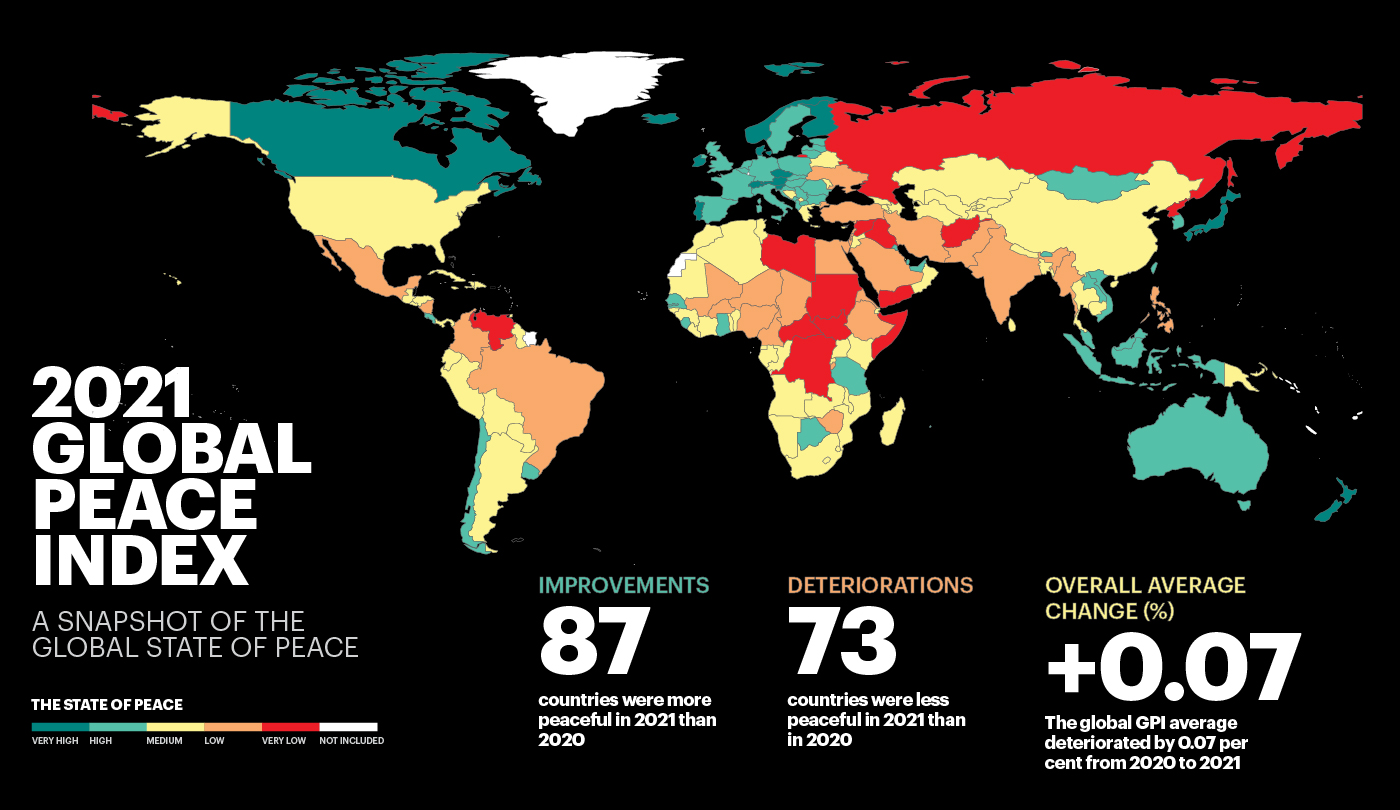
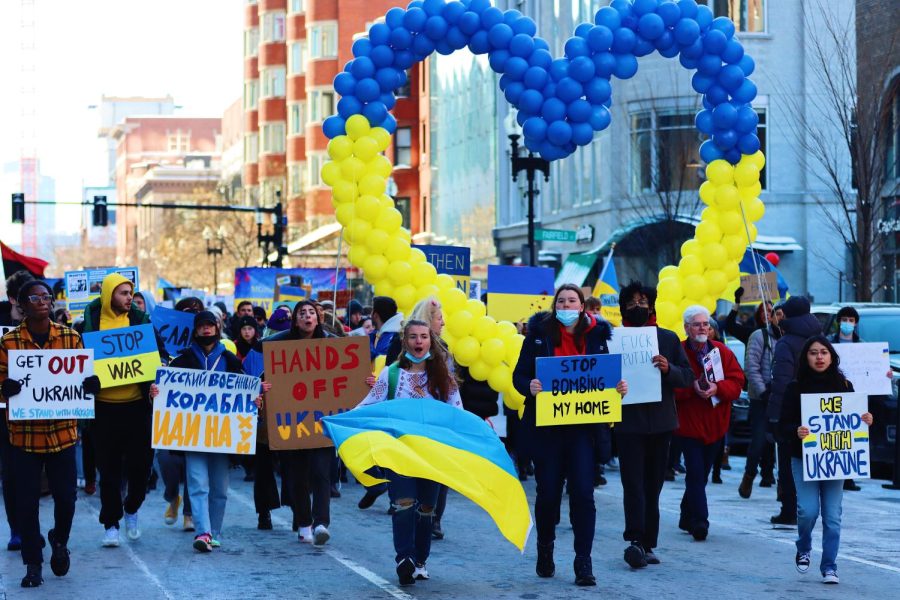
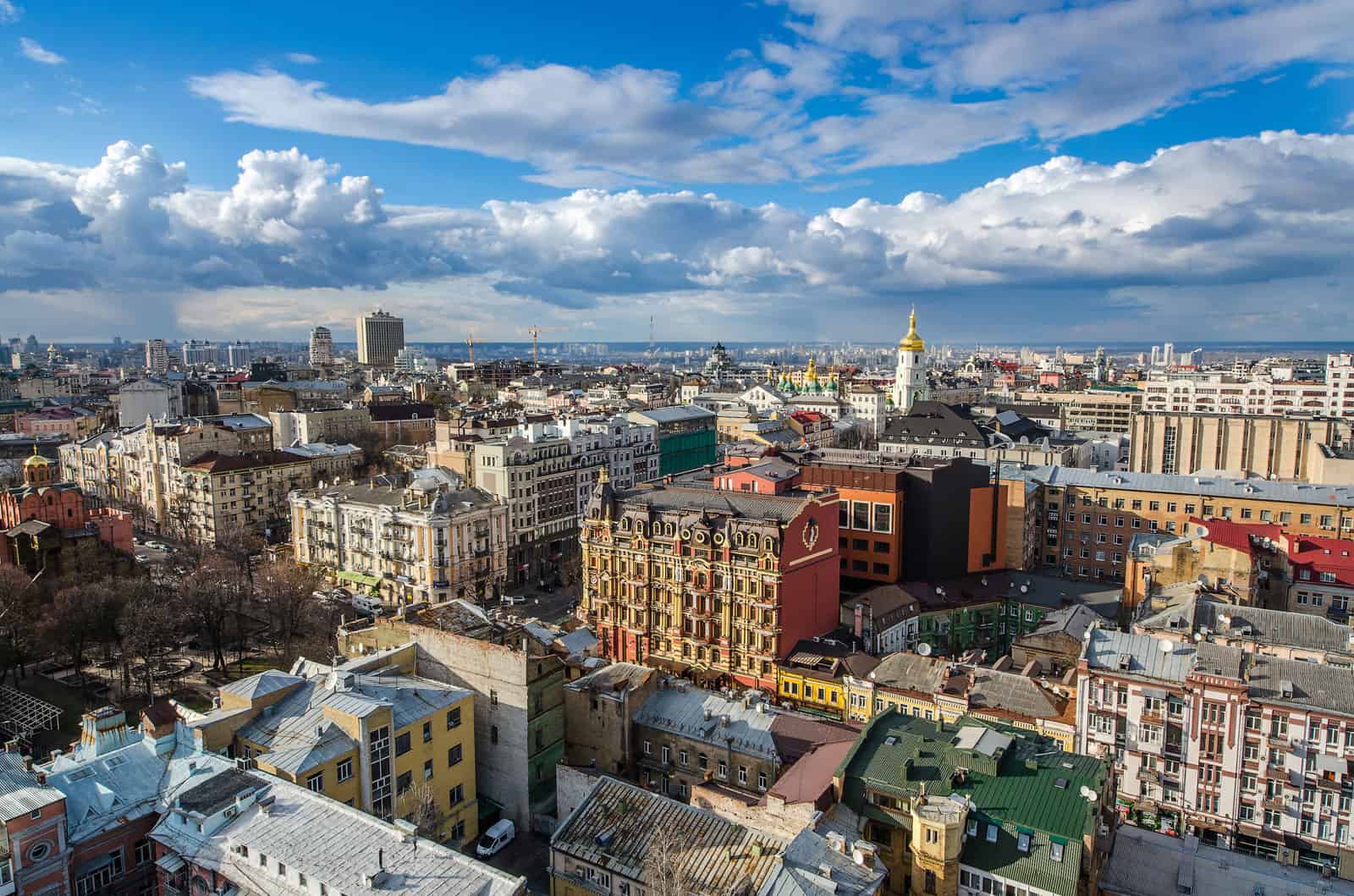
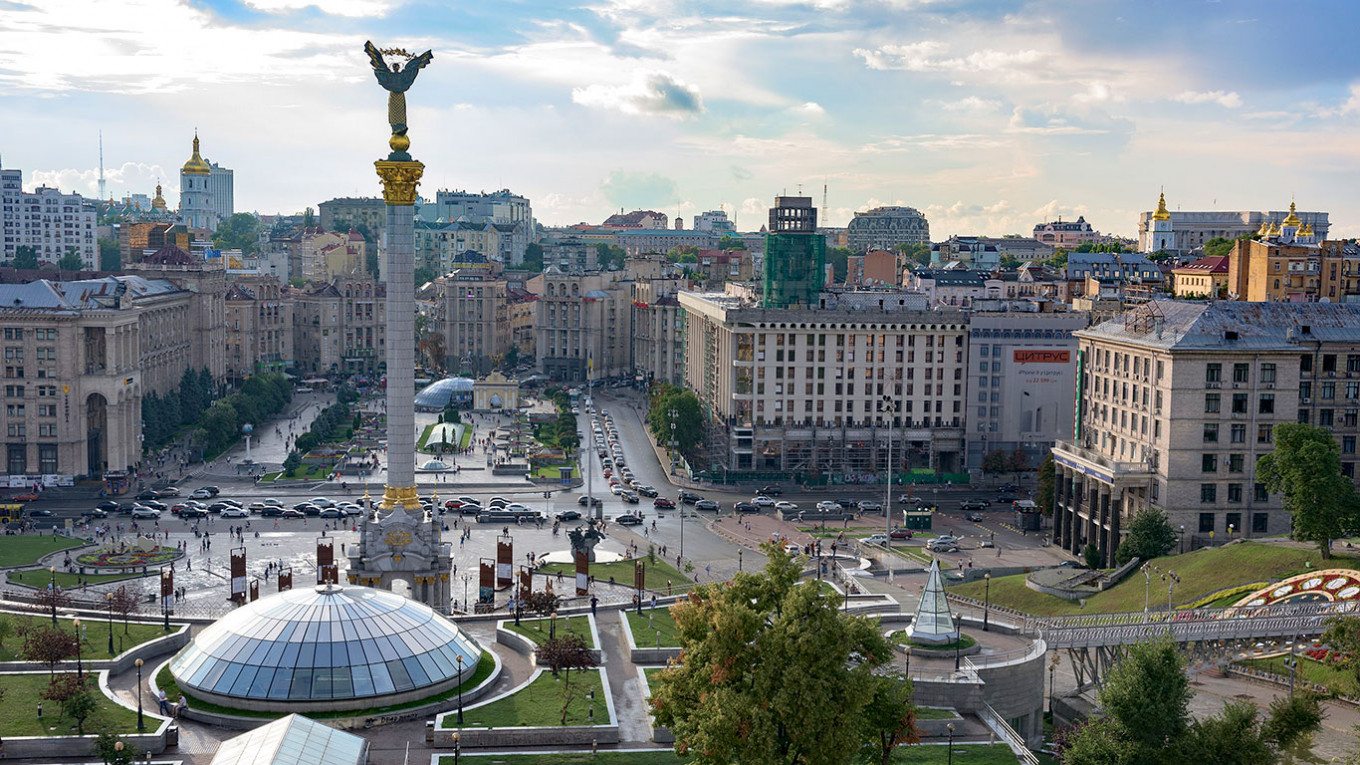



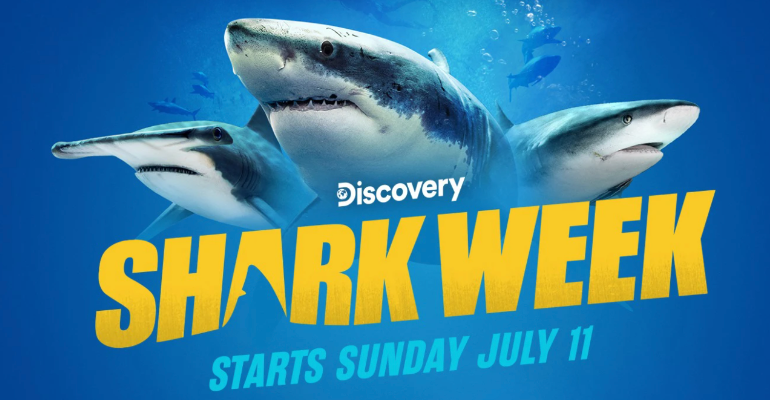
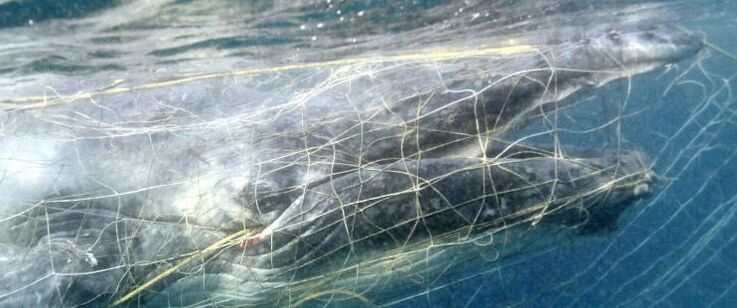

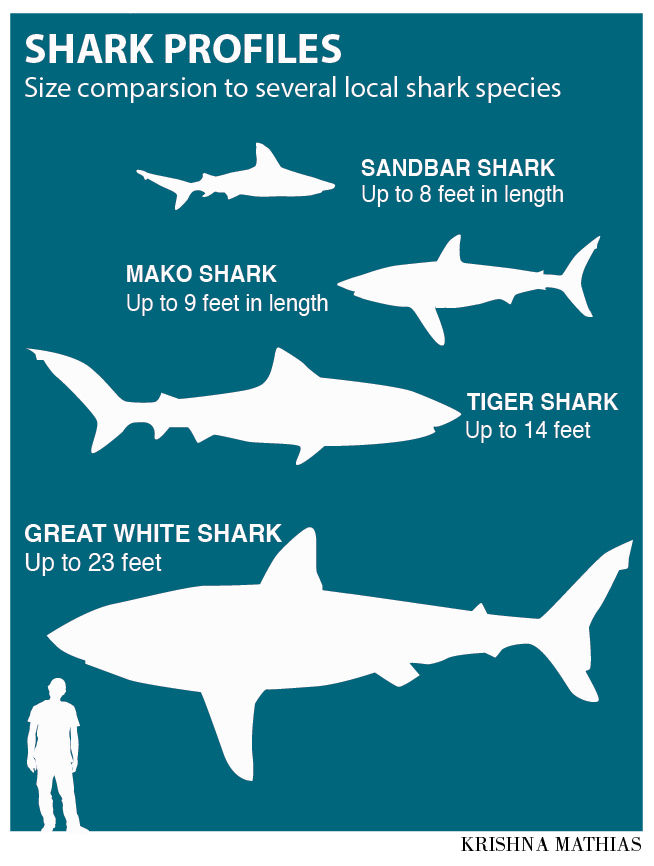
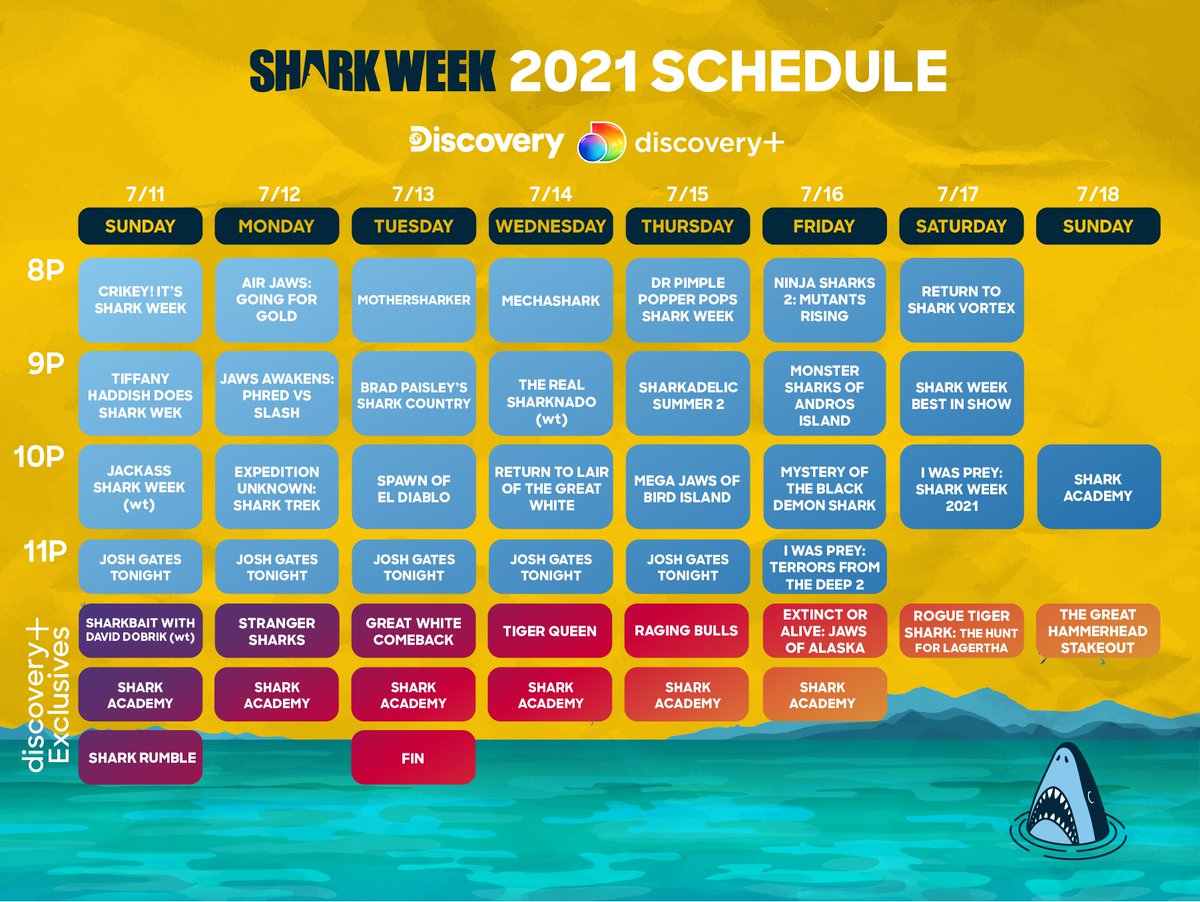
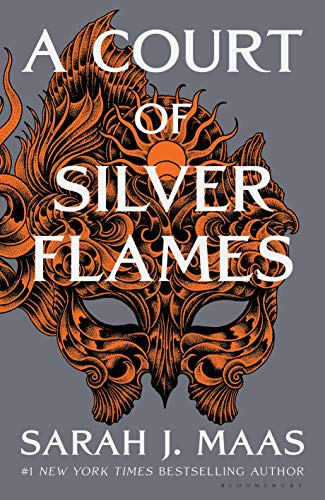
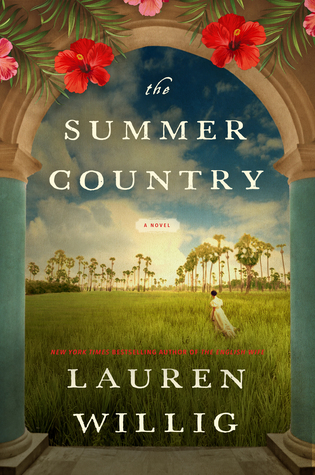
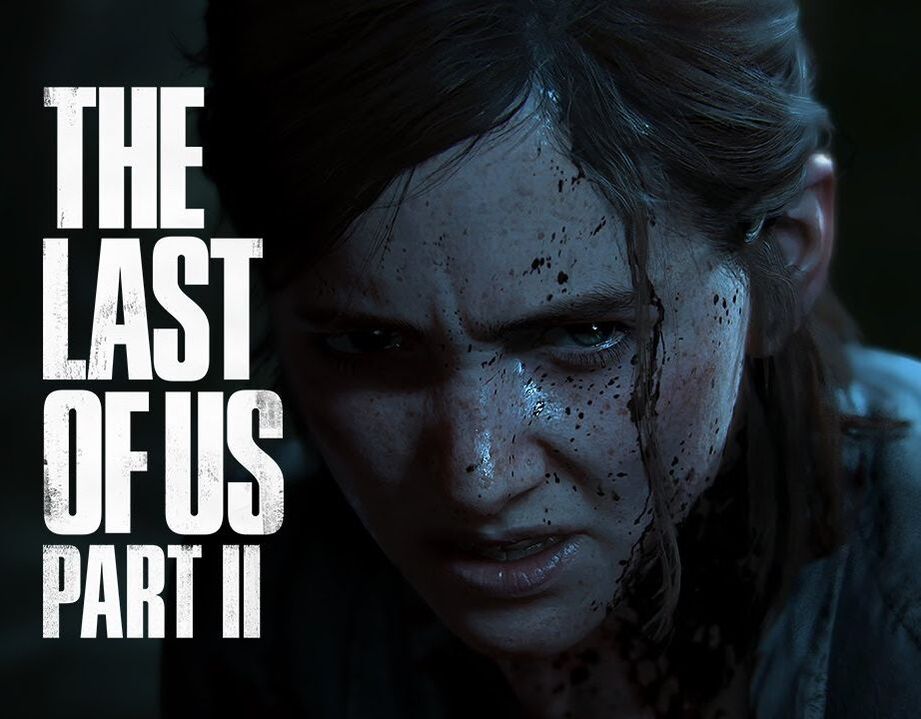
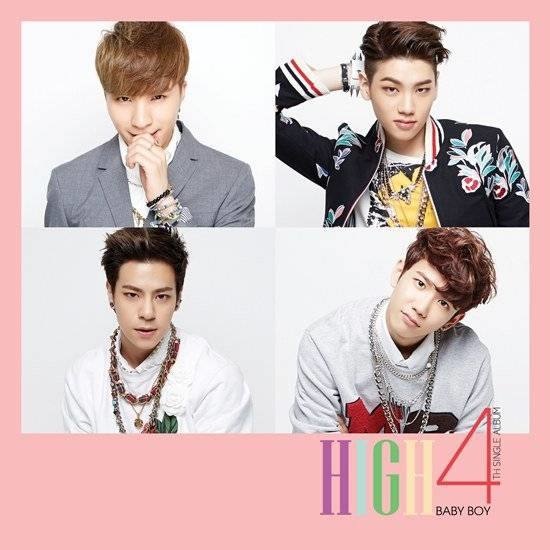


 RSS Feed
RSS Feed
